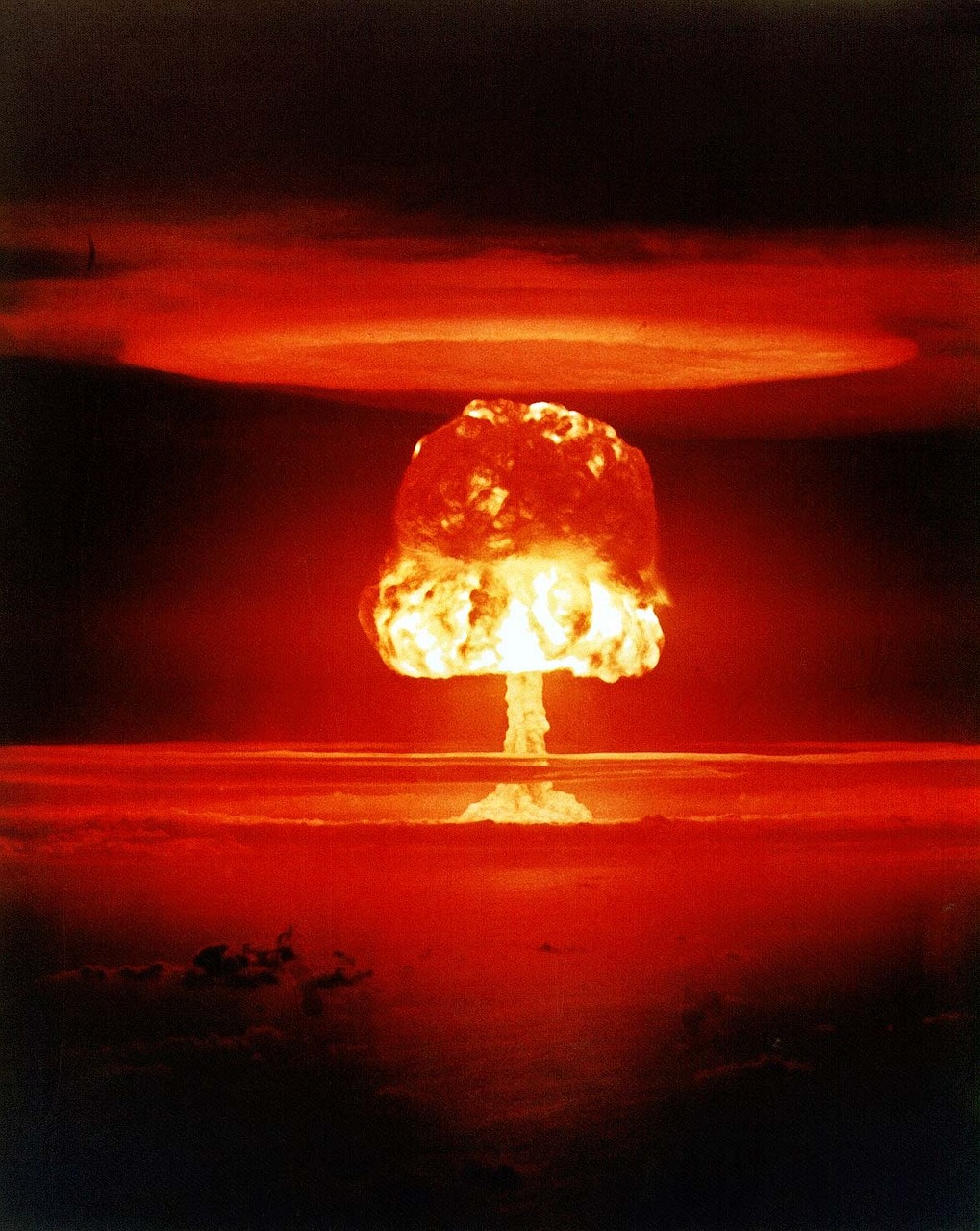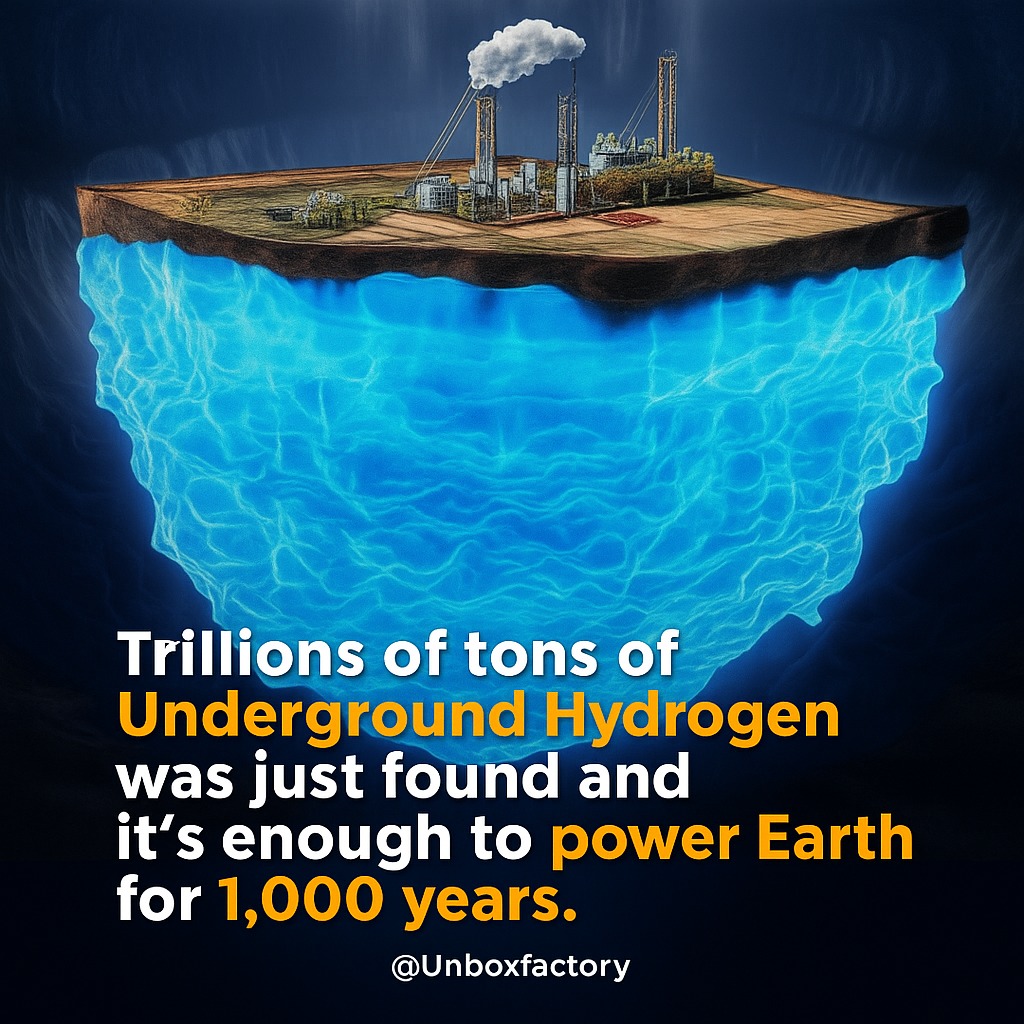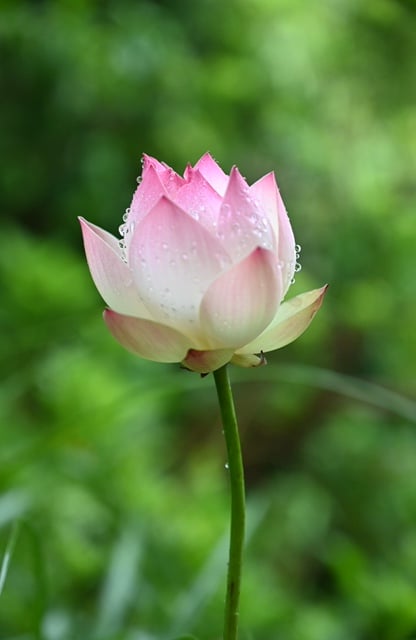Awakening for All:Zazen Solution:All
We witness individual, social, and environmental problems and sufferings. The four and eight sufferings expand to extremes to the imminent extinction of all. Dictatorship, wars, nukes, climate change, mass extinction, etc. go to end all.
They come from nescience and karma with the triple poisons imbued by the long karma of self-survival strife with the symbolism of self, state, etc. Selfish state symbolism expands extremism in all areas to poison all.
The solution lies in awakening in the in the universal truth/ethic (Dharma) and its actions for all. It is stopping self-centered views from the stored consciousness that makes wrong actions. If not for all, all should stop it.
The concrete way is sitting still, stilling karma, and serving the Dharma. The triple learnings still psycho-physical actions in prognosis and compassion. All must act for all with the universal truth/ethic, Global Dharma/Ethic.
July 5, 2025 C.E.
Notes:
1, Dictators, wars, and nukes are the triple tragedies of human civilization, creating the global miseries of genocide, great disasters, and geo destructions, leading to global devastation and doom. All must awaken and act against them with the universal truth/ethic, the Dharma of Dependent Co-origination, i.e., all phenomena originating on limitless causes and conditions, equivalent to causality law with wider conditions and application on subject.
We must reverse our subject, especially our minds with the stored consciousness of billions of years, self-survival strife with symbolism of self, state, etc., which created civilization (urbanization) for money, matter, and might, producing global interrelated problems. We must clarify them to reverse them to accord to the Dharma of Dependent Co-origination, interrelated/relative way/world for co-existence, cooperation, and compassion.
- Dharma means 1. form (from d-harm: phenomenon) and 2. norm (from d-h-arm: norm: law operating through phenomena: ethic), and 3. the teaching of the law of all phenomena, that is, Dependent Co-origination (originally awakened on the origination of perception/consciousness depending on the sense organs and objects, but later applied to all phenomena, cf. note 5). This law is similar to the law of causality, now used by sciences, but deeper and wider, applied beyond objects – more on subjects and symbols – ideas, etc.
“The Dharma (Norm/Law/Truth/Ethic) of all dharmas (forms/phenomena/ truths/ethics)” is Dependent Co-origination, i.e., all phenomena are interdependently co-originated on limitless causes and conditions (similar to the Law of Causality, but deeper and wider – beyond conventions, conceptions, objects, etc.). This means that we are interrelated with other beings (other species, elements, stars, etc.), and relatives to each other, and that we must therefore live together harmoniously and strive to make a wholly wholesome world to become harmonious, healthy, and happy.
- The Triple Poisons are desire, divisiveness, and delusion (of a self-same, self-sovereign self). The “Triple Only” are only me, only now, and only money (short-sighted views and actions, which make the wider world worse), which can be cured by the Triple Learnings of morality, concentration, and prognosis.
- The triple learnings are morality, integration, and prognosis, which order our body, mouth, mind and volition, emotion, and intellect, leading to nirvana and awakening therein.
- The practice of Zen (jhāna/dhyāna: meditation), the key and core practice of za-zen, sitting meditation, is to still karma, settle in nirvana(nir-vāṇa = ni-vāta: no-wind, of karma), see the Dharma, and serve and save all. This process is categorized in the Four Zen Stages and the Eight Concentration (samādhi) Stages (actually Four Zen Stages plus Four Concentration Stages combined, going together). As shown in the Four Zen Stages, thoughts, emotions (the representative five coverings: lust-desire, covetousness-malevolence, sloth-drowsiness, agitation-worries, doubts), and volitions (the representative four fluxes: lust, becoming/identification, views/dogmas, nescience/no witness, of nirvana) are stilled in this order.
Please refer to 5. What is Karma? in “Why Buddhism Now?”
https://buddhism869196463.wordpress.com/%e3%83%9b%e3%83%bc%e3%83%a0%ef%bc%9ahome/
- Ernst Cassirer defined humans as the symbol animal (homo symbolicum) in his Philosophy of Symbolic Forms, its summary An Essay on Man, where humans are described as skillful in handling the symbolisms of language, myth, religion, art, science, history, etc. The Myth of the State is an important work to shows how states operate and how people are misled to wars and even nuclear demise.
Symbols represent to express things in signs, marks, language, etc. to grasp, memorize, communicate, etc. The real phenomena are in the law of dependent co-origination on causes and conditions, related/relative, so in constant change, no sovereign, no self-substance (independent/permanent entity), but symbols are not so, falsifying reality. Self, state, etc. make people believe that they are eternal, sovereign, substantial.
A paradigm shift from our artificial, unilateral pyramidal civilization to a natural, cyclical Indra-net life culture for sharing life, heart, and harmony with the five blisses (awakening, freedom, equality, friendship, and peace) is essential to solve the global problematique. Culture is the cultivation of our potential in truth, goodness, beauty, and holiness (cf. sciences, philosophies, arts, and religions).
Please refer to the following for more detailed explanation:
一切の為の覚醒:座禅 解決:一切
私たちは個人、社会、環境の問題や苦しみを目の当たりにしています。四苦八苦は極端に拡大し、全生命の滅亡へと至ろうとしています。独裁、戦争、核、気候変動、大量絶滅など、すべてを終わらせる方向に進んでいます。
これらは無明と自己・国家などの象徴化を伴う自己保存闘争による三毒(貪・瞋・痴)が染み込んだ業から生じています。利己的な国家象徴化はあらゆる分野で極端化を拡大し、全てを毒しています。
解決は普遍の真理・倫理(ダルマ:法)に目覚め、それを万人のために行動することにあります。それは、蔵識から起こる自己中心的な見解を止め、誤った行為を止めることです。万人のためでないなら、万人がそれを止めるべきです。
具体的な道は座禅し、業を静め、ダルマに仕えることです。三学(戒・定・慧)は、予知的智慧と慈悲によって心身の行為を静めます。万人が普遍の真理・倫理(地球真理・倫理)をもって万人のために行動すべきです。
2025年7月5日
注記
- 独裁者、戦争、核兵器は人類文明の三大悲劇であり、ジェノサイド、大災害、地球破壊といった世界的悲惨を生み出し、最終的には地球規模の荒廃と滅亡へ導きます。万人が縁起の法、すなわち、あらゆる現象が無限の因縁によって生起するという普遍の真理・倫理に目覚め、それに基づき行動しなければなりません。この縁起は、因果律を拡張し、主体にも適用する法です。
私たちは、特に蔵識に刻まれた何十億年にも及ぶ自己保存闘争の象徴化(自己・国家など)によって作られた主観、心を反転させる必要があります。この象徴化が金・物・力を求める文明(都市化)を生み、世界的相互問題を生み出しました。
私たちはこれらを明らかにし、縁起の法、相互依存・相対的在り方・世界に従って反転させ、共存・協力・慈悲の道を歩まなければなりません。
2. 法(dharma)は 1.形態(form: d-harmより: 現象:真理)、2.規則(norm: d-h-armより:現象中の規則:倫理)、3.諸法の法、縁起(元来は感覚器官と感覚対象に依る知覚・意識の発生に覚醒したが後に一切現象に適用されたもの。註5参照)。この法則は、現今諸科学に用いられる、因果律と同様であるが、もっと深く広い-客体を越えて主体と観念などの象徴に適用される。
諸法(形態・現象)の法(規則・法則・真理・倫理)は縁起(因縁生起)、即ち、一切現象は無量の直接原因と間接条件により相依生起するということである(因果則に似ているがさらに深く広い-世俗、観念、対象などを超える)。これは私達が他者(多種、要素、星宿など)と相依関係にあることを意味し、相互に相対的であり、私達が調和、健康、幸福になる為には共に調和して生き、全体健全な世界を作る努力をしなければならないことを意味する。
- 三毒は貪瞋痴(自己同一、自己主宰の我という愚痴)である。三だけは今だけ、金だけで自分だけということであり(短見・短絡行動で、より広い世界を悪化させる)が、戒定慧の三学はこれらを治癒できる。
- 三学は戒定慧であるが、これは私たちの身口意、知情意を秩序付けて、涅槃とそこにある覚醒に導く。
- 鍵となる静坐の実践は業を静め、涅槃(nir-vāṇa = ni-vāta: no-wind, 無風、業風の)に安住し、法を見、一切に奉仕し救済する。坐禅(静坐瞑想)は身体・呼吸・頭脳(身口意)業を整え静止する。四禅は、尋求、伺候、喜悦、安楽を静め平静 (upekhā/upekṣā, 字義は捨離)・涅槃に到達する結果の心的(知性・感情・意欲)業を静止する過程を表示している。
「今何故仏教か?」の4(涅槃)と5(禅)を参照:
https://buddhism869196463.wordpress.com/%e3%83%9b%e3%83%bc%e3%83%a0%ef%bc%9ahome/
- エルンスト・カッシラーはその著「象徴形式の哲学」で人間を象徴の人(homo symbolicum)と定義し、その要約である「人間」で人間は言語、神話、宗教、芸術、科学、歴史などの象徴を操ることに巧みであると述べている。「国家の神話」は国家がどのように働くか、国家がどのように戦争や、核の破滅へ誤って導かれるかを示すのに重要である。
シンボル(象徴)は、物事を把握し、記憶し、伝達するために、記号、印、言語などで表現する。しかし、実際の現象は因縁による縁起の法にあり、すべては関係的・相対的で、常に変化しており、主宰者も自己実体(独立・恒常の実体)もない。ところがシンボルはそうではなく、現実を偽る。「自己」や「国家」などのシンボルは、人々にそれらが永遠で、主権的で、実体的であると信じさせる。
7. 私達の人工的で一方向の金字塔文明から命・心・和の分かち合いによる五福(覚醒、自由、平等、友情、平和)をもつ自然的で循環的な命帝網文化への枠組転換が地球問題群を解決する為には必須である。文化は私達の真善美聖 (参考:諸科学、諸哲学、諸芸術、諸宗教)における潜在能力を修養することである。
詳細説明は下記を参照:
.
.
.
Transforming_Alaya_Vijnana_Peaceful_Culture
.
.
.
.
.
.
.
.
.
.
.
.
















